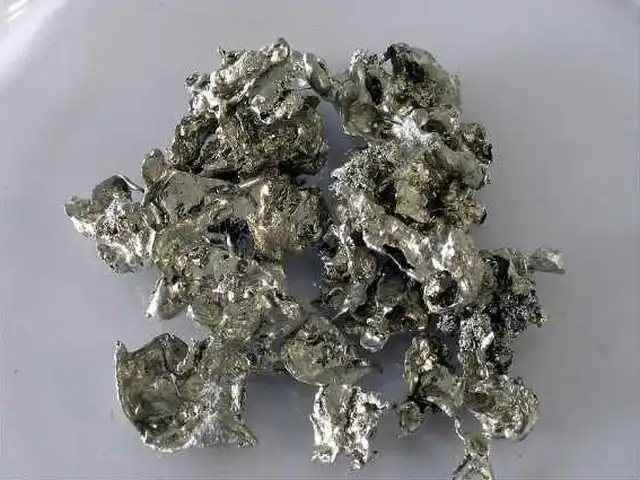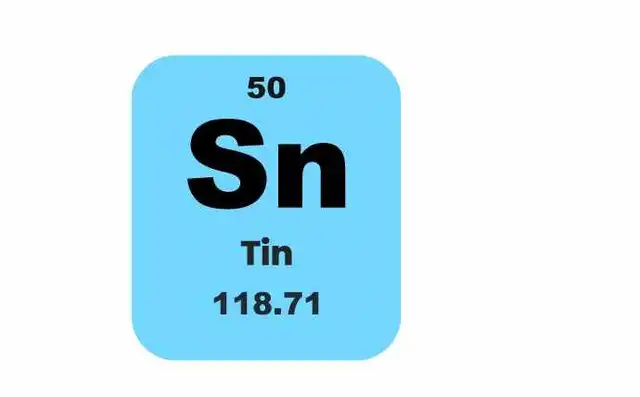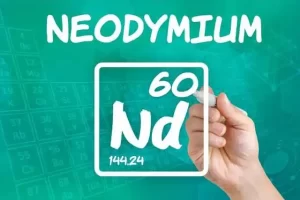Tin is a precious metal that has been mined for centuries. It is found in many different places worldwide and used in various products.
This article will explore the history, process, and future of tin mining. We’ll highlight the benefits and disadvantages of this important resource and give you information on the 10 biggest producers of Tin.
What is mining?
Tin is a metal with many uses, the most important of which is in producing tin foil and other corrosion-resistant materials. Tin mining is the extraction of Tin from its natural ore. The process involves burrowing into the earth to find deposits containing large quantities of high-quality tin ore.
Tin mining is an environmentally harmful process. It damages the environment by polluting water supplies with toxic compounds and damaging soil fertility. Additionally, it results in biodiversity loss since traditional mine practices wipe out native forests and wildlife habitats. Because so much land must be cleared for mines, the global development of this industry has contributed to deforestation around the world.
Despite these challenges, Tin remains a lucrative business due to its wide range of applications and growing demand from electronics manufacturers. According to World Bank data, global consumption of raw and refined Tin increased by more than 18% between 2013 and 2017; moreover, the market for electrical connectors (which includes both electronic components such as capacitors) will grow at an annual rate of 5% through 2021″due to increasing use in renewable energy sources.
How is Tin mined?

There are several ways to mine Tin: open-pit mining, underground mining, and slag leaching.
Open-pit mining is the most common method, and it involves removing the ore from the ground by digging down until it reaches the ore deposit. Once the ore has been extracted, it must be processed before it can be sold to manufacturers.
Underground mining is less common than open-pit mining, but it’s becoming more popular because it’s environmentally friendly. In underground mines, miners dig tunnels deep into the earth to reach tin ore deposits.
Slag leaching is a newer method that uses water to extract Tin from ores without removing them from the ground. This process works best when there are large amounts of minerals in the soil; otherwise, processing costs will be high.
Read Also: Top 5 Best Neodymium Mining Companies: Everything You Need to Know
What are the uses of Tin?
Tin is a precious metal that has been used for thousands of years. It has many uses, including being used in jewelry and electronics. Tin mining is an important part of the tin industry, a process that’s still done today. Here are five ways Tin is used:
- Tin can be used to make cans and other containers.
- Tin can be used to make wires and other materials for electronic devices.
- Tin can be used in coins and other financial products.
- Tin can be used in paints, plastics, and other materials.
- Tin can also be used in medical procedures
What are the benefits of tin mining?
Tin is an important and precious metal with great potential for future technological use. Tin mining is a process of extracting Tin from the earth. The benefits of tin mining include:
- Tin is a vital resource for countless applications, including the biotech and electronics industries.
- Tin has great potential to be used in future technology, such as solar cells, batteries, and smart materials
- Tin is abundant enough to support large-scale production.
- Tin mines are efficient at extracting metal from the ground.
- Tin mines produce little pollution or waste.
- Tin is easy to transport and store.
- Tin prices are relatively stable compared to other metals
What are the disadvantages of tin mining?
Tin is a metal that has been in use for thousands of years. It was first mined in the Andes Mountains and is still one of the most important metals mined today. Tin mining has many disadvantages, though, which are detailed below.
- Tin is not found near major population centers, so transportation and processing costs are high.
- The ore must be processed using very harsh chemicals and temperatures, which can damage the environment.
- The metal content of tin ores varies a lot, so it isn’t easy to find a mine that produces consistent quality tin products.
- Tin production requires large amounts of energy, often leading to environmental pollution.
- Tin prices have been falling recently due to increasing supply and lower demand from the global economy.
Where is Tin found?
Tin is found in different parts of the world but is most abundant in China, Indonesia, and India. It was first discovered by humans about 5000 BC and has been mined since ancient times.
Tin mining has a long history full of ups and downs. In 1849 production peaked at 81,000 tons per year; however, due to economic recession throughout the world, this number has gradually decreased over time to its current level of approximately 10,000 tons annually。 The future for tin mining looks promising as its prices continue to increase thanks to increasing demand from both China and India。
What makes Tin so valuable? First off, it’s an essential component in many products we take for granted daily, like cell phones and laptops. Tin has other important uses, like shielding against corrosion or providing a conductive material for electrical wiring.
Tin Stocks: 10 Biggest Company Producers 2022
Tin mining is an essential part of the global supply chain and a lucrative business. As demand for tin increases, so does the value of what producers can sell their products for. Here are ten of the biggest tin miners in the world as of 2022:
- Yunnan Tin Company (YTC) – Refined tin production: 82,000 MT
Yunnan Tin Company is a leading global tin mining company with operations in China and Peru. The company has a long history of producing high-quality tin products, and its current business strategy focuses on expanding its reach into new markets while providing superior customer service. In this article, we will discuss the history of tin mining, the process used by YTC to produce Tin, and the future of this precious metal.
- Minsur Resources Ltd (MNSR) – Refined tin production: 31,843 MT
MNSR produces refined Tin using a three-step process: smelting, refining, and marketing. In smelting, the ore is heated until it melts and then poured into large vats called furnaces. The molten Tin flows through the furnace and collects at the bottom, where it is skimmed off and purified. Refining takes place next, where the impurities are removed from the tin liquid. This final step requires high temperatures and pressure, which allows MNSR to produce a high-quality product that meets or exceeds international standards.
The future looks bright for MNSR as demand for refined Tin continues to grow domestically and abroad. The company plans to expand its production capacity by 31,843 MT over the next five years to meet this increased demand.
- PT Timah (IDX: TINS), which produced: 26,500 MT
- Yunnan Chengfeng Non-ferrous Metals Co., Ltd.(YUNCFRMD)
In 2021, it produced 17,000 MT of Tin, increasing its output by 500 MT.
- Malaysia Smelting – which produced 16,400 MT of Tin in 2021.
- Thailand Smelting and Refining – which produced: 12,100 MT
- Empresa Metalúrgica Vinto – which produced: 12,100 MT
- Jiangxi New Nanshan – which produced: 11,600 MT
- Aurubis Beerse – which produced: 9,800 MT
- Guangxi China Tin – which produced: 9,200 MT
The history and future of tin mining.
Tin mining is an ancient and valuable process with a long history of success. The metal is abundant enough to support many mines, but the extraction process can be dangerous. Here are three important factors about Tin that make it such a valuable resource:
- Tin is abundant – There are more than 20 million tons of Tin in the world, which means there are plenty of opportunities for new mines to be established.
- Tin has high value – Tin has a high market value due to its use in numerous technologies and products worldwide.
- Tin mining is safe – Even though extracting Tin from the earth can be hazardous, modern technology makes it one of the most safely mined metals today.
Conclusion
Tin is a metal that has seen much growth recently, and there are more and more reasons to invest in it. This blog post covered the basics of tin mining, its benefits, and some disadvantages. We also looked at where Tin is found and which countries are currently leading the pack in production. It was a long read, but I hope you found it helpful!



